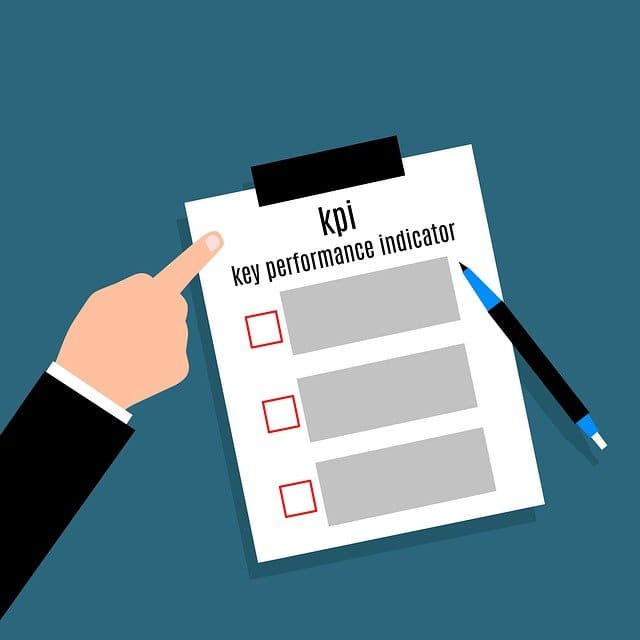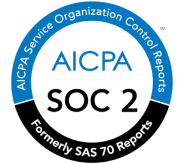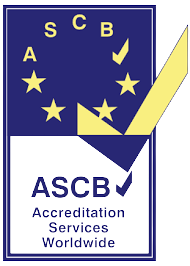Employee performance metrics evaluates an employee's performance during a certain time period.
A performance review assists the HR department in assessing employee performance, identifying problems within the business, and determining a plan for training or advancement.
Performance management was created to boost a company's production.
Measuring employee performance is a critical and difficult responsibility for human resources. Because every company is unique, there is no one-size-fits-all solution. Also, when it comes to evaluating an employee's performance, there might be a lot of subjective factors, making it tough and impossible to compare equitably across different management levels and teams.
However, there are several generic employee performance evaluation measures that might assist in better measuring performance. When utilised in conjunction with qualitative performance appraisals, these measures can provide a more accurate assessment of performance.
Let's look at five essential employee performance metrics:
Work Efficiency
Employees must be able to prioritise in order to complete tasks as effectively as feasible. This necessitates that they have a strong idea of the time and resources available to them in order to finish their assignment on time. Employees should also be able to assess how effectively a project was completed, track missed deadlines, and detect ill executed work as a result of pressing for deadlines.
Measuring staff efficiency allows you to find places where work is sluggish. This enables a company to make changes to job functions and/or employee performance. Small changes and enhancements can have a big influence on bottom-line business outcomes in the long run.
Businesses that do not have staff efficiency measures in place might begin by deciding what to monitor and how to define success. It may be included into employees' performance assessments, performance plans, and personal objectives after setting the criteria and evaluating metrics to assure improvement.
Quality of Work
The quality of an employee's job is critical. Poor quality might lead to client loss or poor products. As a result, it makes logical sense to include this as a key employee performance management statistic.
Quality measurements should be aligned with the type of work performed by an individual.
What and how it is measured depends on the industry as well as the employee's individual obligations and activities. Quality may be measured in a context where productivity is important by the percentage of work production that is rejected or must be redone.
In a customer-facing context, a statistic like Net Promoter Score (NPS), which assesses a customer's likelihood of recommending the organisation, may be most meaningful.
HRMS automatically collects time spent; develops an enterprise-wide objective and comprehensive measuring system; and provides visibility at numerous organisational levels enabling teams to collaborate effortlessly while staying location agnostic qualifies remote task distribution and allocation — promotes organisational collaboration, efficiency, and transparency
Teamwork
Today, teamwork is amongst the most significant employee perfromance metrics in many firms. It is an important attribute to cultivate a culture of cooperation and helps the team perform better when addressing and solving a complicated challenge as a group.
Look for features in an employee that indicate they are a team player; this is a trait that frequently goes unrecognised.
Reaching out to other teams to provide support, brainstorming with a coworker from another team that they are not even a member of, devoting time away from routine chores to mentor or explain hard jobs to other teams, or signing up for tough projects are all examples of this.
HRMS expands communication choices in the workplace and aids in breaking down old boundaries, which increases the possibility for teamwork, particularly for virtual teams operating from many physical locations.
Learning Ability
The capacity of a company and its people to become or remain relevant is determined by their ability to adapt and learn. To do this, training programmes must be tailored to the individual needs of the personnel. During these employee performance metrics execution, it is critical to assess the outcomes of such initiatives.
The following are a few factors that may be used to assess employees' learning capacity:
- Employees must be able to demonstrate that they have the necessary abilities and expertise to achieve the desired output.
- The manager can use online training courses, walkthroughs, and simulations to gain experience and expertise.
- It will also pre-assess personnel to determine their present level of skill.
- Then, to track their progress, conduct a final evaluation.
An advanced HRMS tool like uKnowva can engage people and empower on-the-job learning.
HR analytics may monitor improved learning and expertise, but your baseline should track what proportion of your employees is actively checking in to the HRMS and how frequently they use the service.
Adherence to Timelines
It's critical to track timetable adherence as well as the impact good or bad performance has on the team and the wider firm. The inability to work within deadlines might indicate a variety of issues.
It might be due to a loss of motivation, burnout, or health problems. While employees are anticipated to be unable to stick to deadlines sometimes, missing deadlines and not being there may lead to lower productivity and have a significant influence on the team's motivation.
It might place additional strain on other team members who must compensate for absent coworkers, which can have an impact on job quality and safety.If a team member constantly misses deadlines, he or she may need to be counselled on time management and attention.
If the organisation is understaffed and team members are overworked in general, the issue must be addressed as quickly as possible to prevent jeopardising team health and well-being. A complete workforce management programme that allows you to track and regulate your employees' attendance online and in real time.
The system integrates easily with the HRM system, which includes HR, payroll, benefits, and recruitment applications, as well as optional web-based manager/employee self-service functionalities.
Conclusion:
uKnowva HRMS can assist businesses in saving money on payroll expenditures by effectively delivering effective employee performance metrics in the system.
Human resource work is critical to the success of your firm. However, without monitoring and tracking the key HR indicators, it can be impossible to determine if your work is making a difference or how you can enhance your efforts.
If you are not already measuring any human resource metrics, you must determine which data you must begin tracking immediately. HRMS softwares such as uKnowva allows you to automatically read performance metrics of your employees, making the work of HR much more efficient, easy and foolproof!













